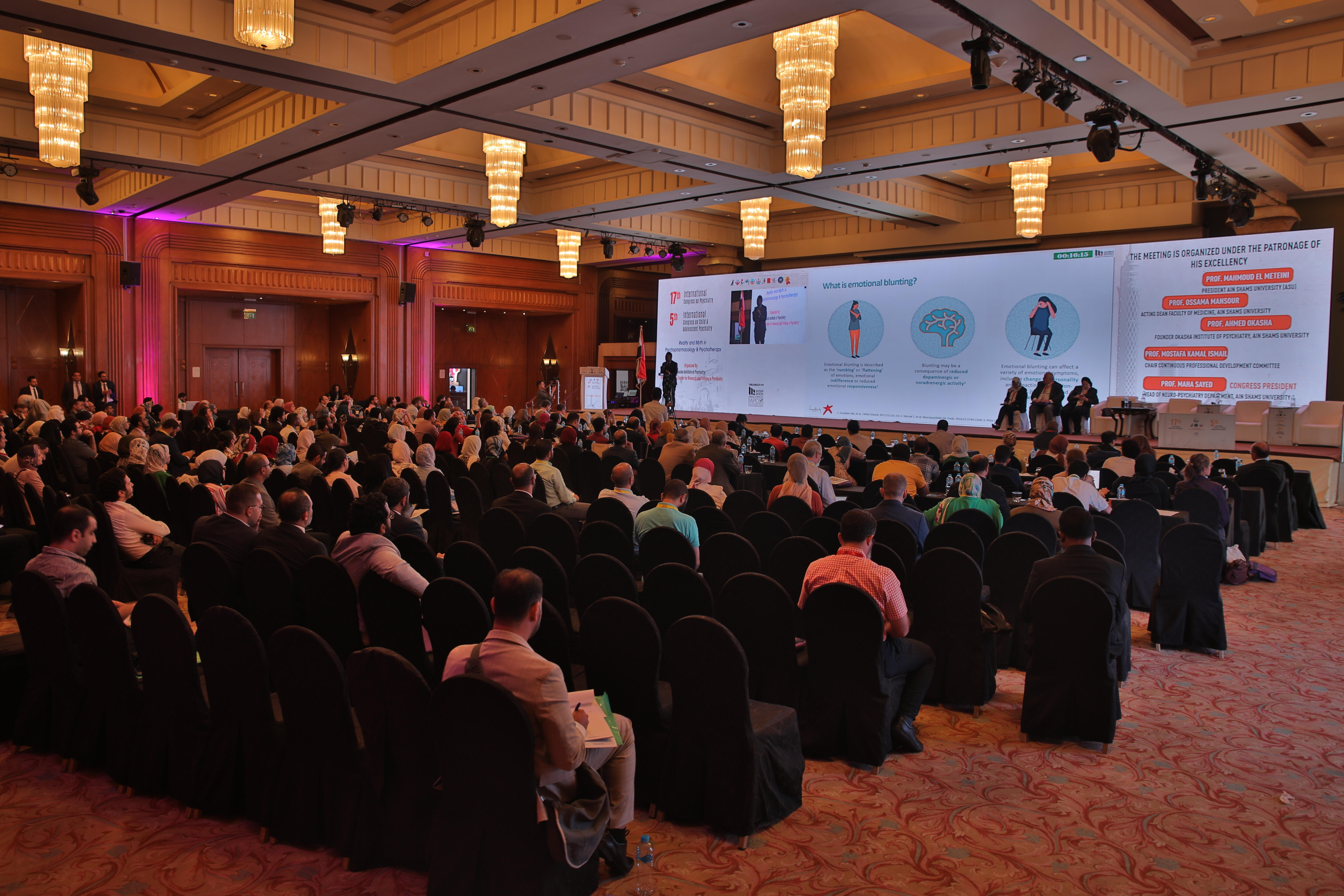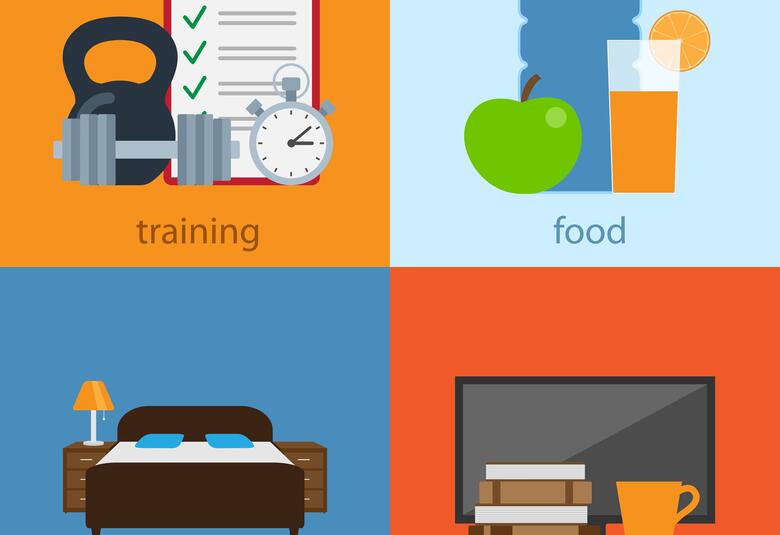Besides sadness and anxiety, the emotional symptoms of depression also include the devastating symptoms of anhedonia and emotional blunting. While the latter flattens the patient’s ability to experience both positive and negative emotions (also called emotional numbing), the former reduces their ability to experience positive emotions or pleasure solely.1,2 In other words, anhedonia is a subset of emotional blunting. Both severely affect patients’ quality of life.1,3 Patients with emotional blunting are unable to enjoy previously enjoyable activities, feel less empathy, and have low motivation and apathy 4. Emotional blunting leads to patients’ non-adherence to treatment which is likely to cause relapse, suicide vulnerability, and treatment discontinuation, besides the well-known economic burden of medication non-adherence, while anhedonia leads to poor psychosocial functioning.5–7
Although 75% of MDD patients report experiencing anhedonia and up to 60% exhibit emotional blunting, psychiatrists often care about treating sadness and anxiety while underestimating the effect of emotional blunting and anhedonia on full functional recovery (which typically involves both improvement in functioning ability and quality of life).2,8,9
Not only is emotional blunting experienced by untreated MDD patients, it is also reported by patients receiving selective serotonin reuptake inhibitors (SSRIs) or serotonin and norepinephrine reuptake inhibitors (SNRIs) for MDD,9,10 which leaves the medical community with a question on whether emotional blunting in patients receiving treatment is caused by failure of medications to fully address the whole spectrum of symptoms (i.e. residual symptoms of incompletely treated MDD), or if these symptoms are actually adverse events of the antidepressants. Two facts have revealed that emotional blunting is actually caused by the received antidepressants. First, there was no significant relationship between the level of MDD prior to treatment and emotional blunting experienced during the treatment course.9 Second, the likelihood of emotional blunting often increases with increasing the doses of SSRIs.11
The second fact allowed researchers to pinpoint a possible reason behind antidepressant-induced emotional blunting: global elevation of serotonin, which results in a negative downstream effect on dopamine.12 Accordingly, SSRIs with high serotonin transporter (SERT) occupancy tend to cause higher levels of emotional blunting. 12–15
COMPLETE study, an interventional, open-label, flexible-dose, 2-month study, explored whether multimodal antidepressant could ameliorate emotional blunting in patients with partial response to SSRIs or SNRIs who reported emotional blunting. The effectiveness of multimodal antidepressant on emotional blunting as measured by the Oxford Depression Questionnaire (ODQ) was the primary outcome of the study. After 8 weeks of treatment, patients had significant improvement in their ODQ score (-29.8 points; p < 0.0001) with significant results starting from week 1, and half the patients reported the absence of emotional blunting.4 In addition, measures of anhedonia were significantly improved. Compared to baseline, Snaith-Hamilton Pleasure Scale (SHAPS) score was significantly reduced by – 2.9 (95% CI: - 3.7, - 2.2; p < 0.0001), and Montgomery Åsberg Depression Rating Scale (MADRS) anhedonia factor score was significantly reduced by – 7.1 (95% CI: - 8.2, - 5.9; p < 0.0001) at week 8.19 Moreover, multimodal antidepressant significantly improved motivation and energy as measured by the Motivation and Energy Inventory (MEI).4 On top of its improvement of depressive symptoms and cognitive performance in patients with MDD, multimodal antidepressant also improves emotional blunting and lack of energy and motivation; possibly allowing for full functional recovery.4
Our correspondent’s highlights from the symposium are meant as a fair representation of the scientific content presented. The views and opinions expressed on this page do not necessarily reflect those of Lundbeck.




